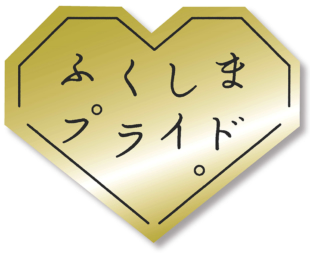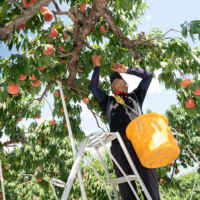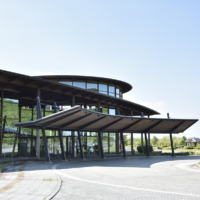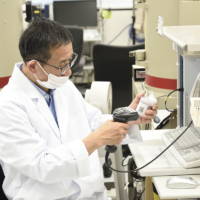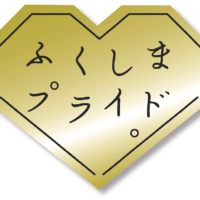In the years since the March 2011 earthquake, tsunami and nuclear crisis, Fukushima Prefecture has become a powerful example of recovery. Among the many sectors affected, agriculture and food production faced major disruptions from infrastructure damage, radiation contamination and the consequences.
Against this complex background, farmers, researchers and local governments in Fukushima have been working together to rebuild the prefecture’s agriculture, forestry and fishery industries and regain the trust and confidence of consumers. Driven by a steadfast commitment to transparency, innovation and pride in its products, Fukushima is not only producing safe, high-quality food, but is also sharing its story with the world.
Here’s how the recovery of these primary industries has played a central role in the prefecture’s revitalization and is now bringing new hope.
From disaster to farming evolution
When calamity struck on March 11, Fukushima’s agricultural, forestry and fishing sectors suffered great damage. The ensuing disaster at the Fukushima No. 1 nuclear power plant led to reluctance to purchase or import Fukushima products, quickly crippling much of the prefecture’s economy.
Gradually, however, the resilient people of Fukushima began rebuilding their lives and livelihoods. Initially, efforts focused on restoring farmland, repairing facilities and launching decontamination projects. Soil remediation techniques such as inversion tillage (turning over layers of soil) and surface removal were employed to ensure safe cultivation conditions. Potassium was also applied to improve soil conditions, as crops like rice absorb fewer cesium isotopes when there is sufficient potassium present.
While some areas remain off-limits and are still designated as “difficult to return to,” many have been decontaminated and had their evacuation orders lifted. As of this year, farming has resumed on about 50% of the farmland in areas where evacuations were ordered.
The prefecture is also working with returning and newly arriving farmers. The Fukushima Agricultural Management and New Farming Support Center, for example, offers consultations on crop selection and farming skills. To attract newcomers — including those without farming backgrounds — the prefectural government hosts consultations in Tokyo and Fukushima. Other initiatives include farm experience tours and trial farming programs, along with guidance on financial aid for housing or equipment offered by each municipality.
Among other initiatives, the Agricultural College, part of a prefectural technology center, is helping to nurture the next generation of farmers, while a training field for smart agriculture is scheduled for completion in fiscal 2025 to help farmers acquire modern skills like drone-based farming.
However, Fukushima’s recovery through its primary industries is not just about restoration — it’s about evolution.
One example of successful cooperation among stakeholders comes from the village of Iitate, in the Soma district, which is known for Abukuma mochi, a brand of cold-resistant glutinous rice developed in Fukushima. All farming ceased when the village was evacuated in 2011. When the orders were lifted for most areas of the village in 2017, the number of farming households had significantly decreased.
However, with coordinated support, cultivation of this rice expanded from less than 1 hectare in 2022 to over 9 hectares by 2024, ensuring a stable supply. Farmers, the local agricultural cooperative and the prefectural government worked together to support the initiative by coordinating on production technology, quality control, sales channels and promotional activities.
Rebuilding credibility
Fukushima has gone to great efforts to create one of the world’s most stringent safety monitoring systems for primary products, anchored by the Fukushima Agricultural Technology Centre, which is operated by the Fukushima Prefectural Government.
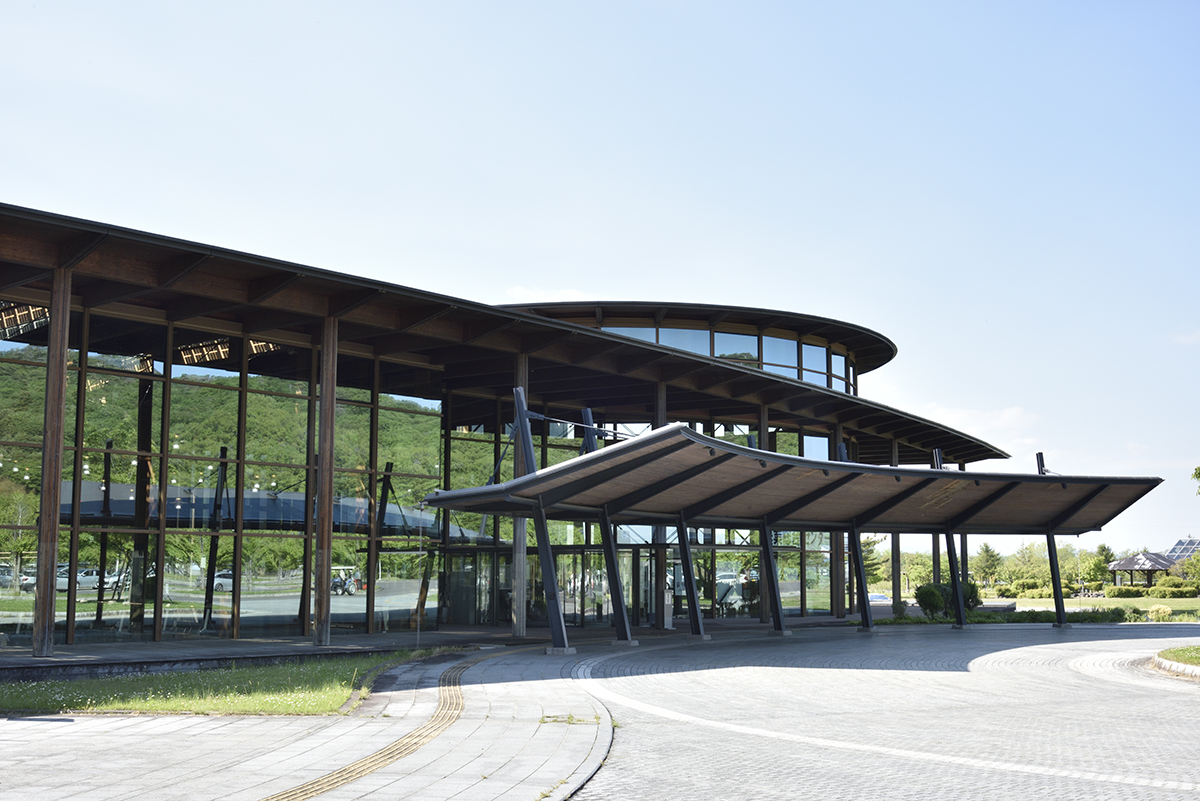
“To ensure the safety of Fukushima’s primary products, multiple rounds of inspections are conducted at various stages — from production to distribution and consumption — by the prefecture, municipalities and other relevant organizations,” said Eiji Kanno, director general of the center’s Agricultural Safety Promotion Department. “In cooperation with local governments, producers and distributors, only products that pass strict safety standards are released to market.”
Kanno points out that the amount of cesium permitted in general foods under Japan’s food safety standards is 100 becquerels per kilogram, which is 10 times stricter than the Codex Alimentarius international standard of 1,000 Bq/kg.
In fiscal 2024, over 500 product types were inspected at the Agricultural Technology Centre using germanium semiconductor detectors. To promote transparency and maintain the credibility of the data, the results are promptly shared with the national government and other authorities and published on the prefecture’s website. The public is welcome to observe the tests, but reservations are required.
Since testing began in 2011, officials have continuously improved the system, making it more effective and efficient. From 2011 to March 2025, 288,724 samples were analyzed.
In 2017, a QR code-based system was introduced to manage sample information, improving speed and accuracy. In addition, the center voluntarily participates in the International Atomic Energy Agency’s proficiency testing to ensure its data and procedures meet global standards. This commitment to open data and rigorous monitoring supports producers of primary products across the prefecture.
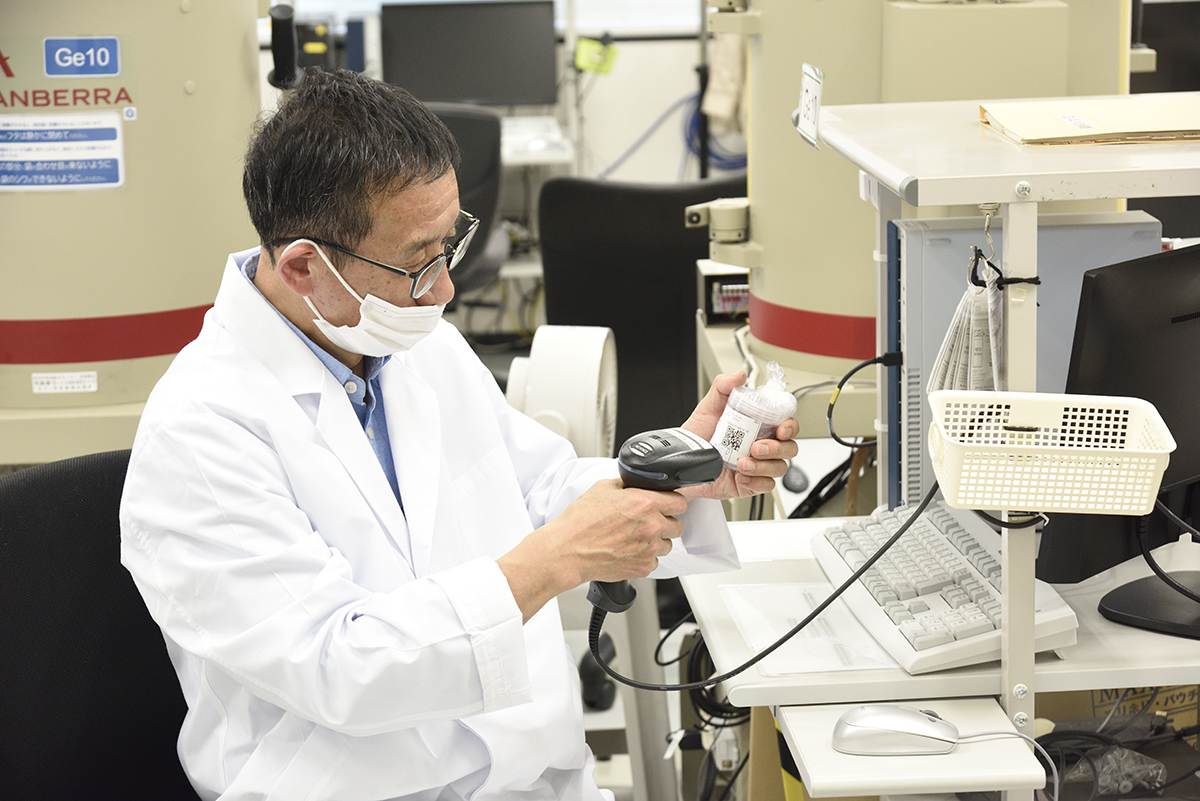
Sweet success with peaches
Among Fukushima’s success stories, peaches stand out as a symbol of pride. The prefecture is Japan’s second-largest producer of the fruit, and its farmers are known for their skill, innovation and dedication to quality.
The evolution of Akatsuki peaches, Fukushima’s signature variety, reflects the perseverance of the farmers. Developed through national research in the 1950s, Akatsuki peaches are known for being juicy and sweet with a finely textured pulp.
After initial trials by a group of 11 prefectures were abandoned due to the fruit’s small size, Fukushima’s farmers persevered, refining the fruit through decades of careful cultivation to increase the size. The result is a peach that not only dominates the market but has become the parent plant for newer varieties, forming part of Fukushima’s long harvest season — a “peach relay” to delight fruit fanciers from July through September.
Peaches are also helping Fukushima expand internationally as part of the Fukushima Pride initiative, which was launched to showcase the effort the prefecture puts into sharing its primary products with consumers. From fish and meat to fresh produce and flowers, the initiative also connects with efforts to support and promote export-oriented production.
As a result of import restrictions imposed after 3/11, Fukushima’s farm exports collapsed, plunging to just 2.4 tons by 2012. However, thanks to the continued efforts of various stakeholders and progress in lifting import restrictions, exports gradually recovered, surpassing predisaster levels by 2017.
Tasting events and buyer tours have helped rebuild international confidence and open new markets. For example, in 2012 Thai buyers were invited to the prefecture on a study tour that covered every stage of the supply chain — from orchards and sorting facilities to inspection centers and retail shops. This project successfully showcased both the safety and quality of Fukushima produce, leading to new export opportunities.
Exports reached a record high of 898 tons in 2024, including 52 tons of peaches. Seeking to raise awareness and further expand sales channels, the prefecture will continue to promote the safety and quality of its produce in various ways, including tasting events, online sales initiatives and social media advertising.
Telling the story at Expo 2025
Fukushima will share its recovery story at a dedicated booth at the World Expo in Osaka on July 19. The expo gives the prefecture a powerful platform to introduce both domestic and international visitors to its journey since 2011 — and to the innovations shaping its future.
On this occasion, the prefecture also aims to promote regional sightseeing attractions and local specialties, encouraging more people to visit in person. By offering opportunities to see, taste and experience Fukushima firsthand, it hopes to inspire new fans of the region. Visitors will be invited to enjoy seasonal delights such as juicy, flavorful peaches, and to experience the high quality and safety of Fukushima’s produce.
The prefecture’s expo exhibit is divided into three areas. The first highlights the steps toward reconstruction, presenting a timeline of events and milestones since 2011 and using panels and videos to convey its progress.
The second area focuses on the theme of “Fukushima Now and Tomorrow,” showcasing tourism programs and new initiatives, such as one involving a lightweight aircraft built by students from Fukushima Technical Academy in collaboration with racing pilot Yoshihide Muroya.
The third area celebrates Fukushima’s food and culture. Attendees can sample peaches, enjoy live performances and join hands-on craft workshops.
These efforts dovetail with Fukushima’s unique Hope Tourism drive, which offers visitors the opportunity to actually see the places affected by the events of 2011 and learn about recovery and revitalization efforts. What’s more, participants can hear the stories directly from the people involved.
More than 14 years since the disaster, Fukushima’s primary industries have become one of the powerful symbols of renewal. Backed by scientific techniques to ensure transparency, safety and quality, the prefecture is now nurturing next-generation farmers and presenting world-class products to domestic and global markets. Behind every peach or grain of rice is a story of determination. Visit Fukushima for yourself to encounter its delicious food, as well as the warmhearted people and enduring spirit that make it possible.
This article was created with the assistance of the Fukushima Prefectural Government.
For more information on Fukushima product safety, please visit https://www.new-
